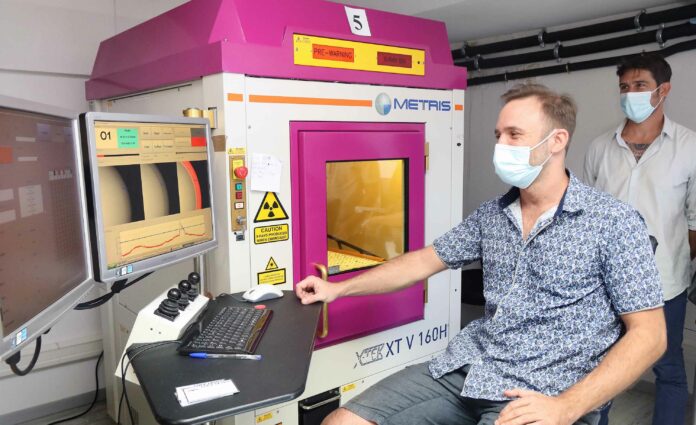What if pearl oysters could monitor the health of lagoons? This is the bold vision behind Molluscan Eye, a startup founded by a former researcher that merges marine biology with cutting-edge technology. In January, the company made waves at CES in Las Vegas with its innovative environmental monitoring solution.
The concept? Equipping pearl oysters with smart sensors capable of measuring water quality in real time. These systems are currently deployed across the Tuamotu Archipelago—including the atolls of Takaroa and Takapoto—as well as in other regions worldwide, from the Arctic to New Caledonia.
Jean-Charles Massabuau, co-founder of the startup, explains: “We suspend a cage containing oysters in the lagoon. One electronic board collects the mollusks’ reactions, while another transmits the data via the mobile network.” This information, analyzed remotely, enables continuous, real-time ecosystem monitoring—far more efficient than traditional methods.
Molluscan Eye’s technology stands out for its simplicity and practicality. “What struck people at CES was that we’re offering a tool that addresses a real need. And the most surprising part? Some are just realizing that water can be polluted!” Massabuau remarks.
By using oysters as bio-indicators, Molluscan Eye pioneers a new form of environmental surveillance—more precise, more responsive, and potentially vital for the future of Polynesia’s lagoons.
Molluscan Eye Website

